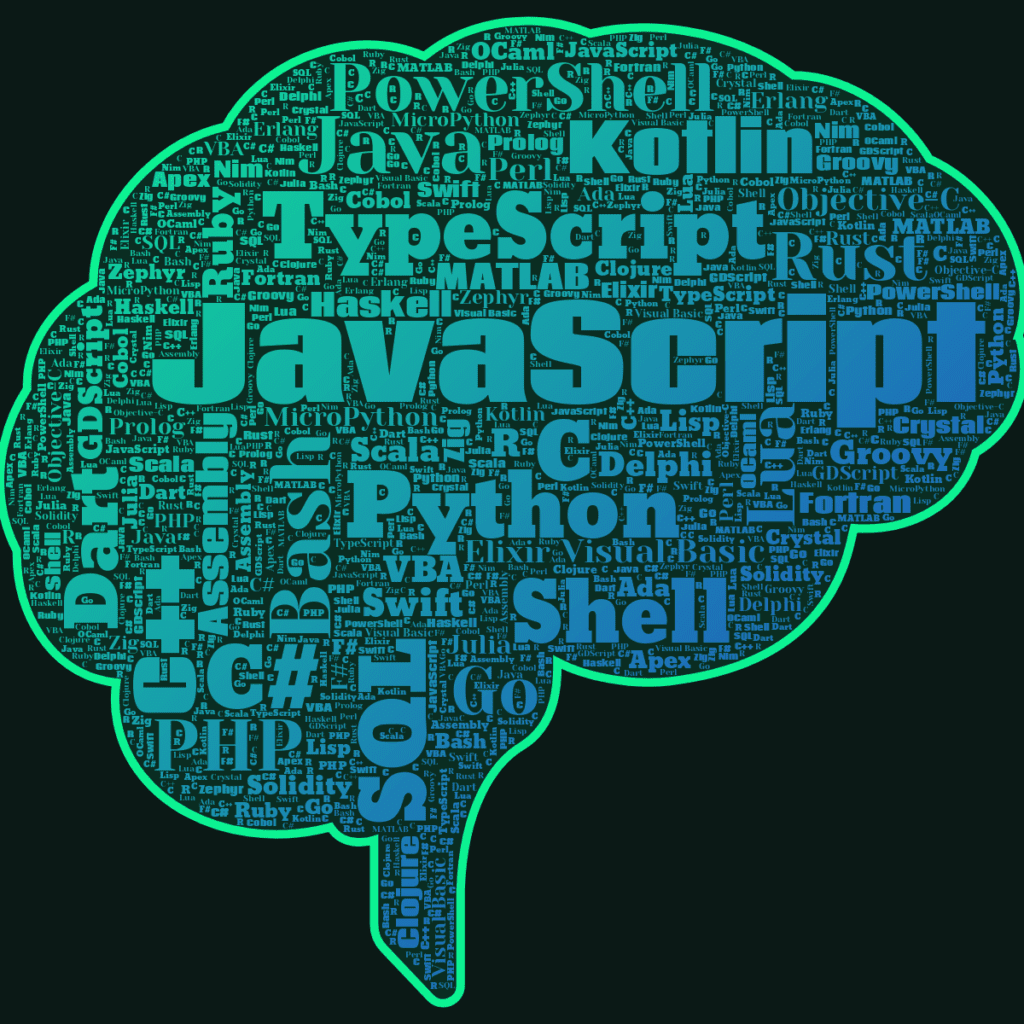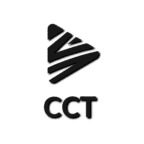Programming is a skill that can open up many opportunities in various fields and industries. Whether you want to create websites, games, apps, or software, learning new programming languages can help you achieve your goals. Learning new programming languages can also be challenging, especially if you are not familiar with the syntax, logic, and concepts of the language.
Tips to help you learn new programming languages effectively and efficiently:


Choose the right programming language.
There are many programming languages out there, each with its strengths, weaknesses, features, and paradigms. Do you want to learn a language for web development, data science, game development, or something else? Do you want to learn a language that is popular, easy, powerful, or expressive? Do you want to learn a language that is similar to or different from the ones you already know? These are some of the questions you should ask yourself before choosing a language to learn.
Find good resources.
Once you have chosen a language to learn, you need to find a good resource to learn from. A good resource should be comprehensive, up-to-date, accurate, engaging, and suitable for your level and learning style. There are many types of resources available, such as books, online courses, tutorials, videos, podcasts, blogs, forums, etc. You should choose a resource that covers the basics of the language as well as the advanced topics and best practices. You should also choose a resource that provides clear explanations, examples, exercises, and feedback. You can use multiple resources to complement each other and get different perspectives on the same topic.
Set goals and route the progress.
Learning new programming languages can be a long and complex process, so you need to set realistic and specific goals and track your progress along the way. You should break down your learning process into smaller and manageable chunks, such as modules, chapters, topics, concepts, etc. You should also set a timeline and a schedule for your learning and stick to them as much as possible. You should measure your progress by using various methods, such as quizzes, tests, projects, etc. You should also review your progress regularly and adjust your goals and strategies accordingly.
Practice.
The most important and effective way to learn a new language is to practice it as much as possible. You should practice both the syntax and the semantics of the language, as well as the logic and problem-solving skills. You should practice by writing, reading, debugging, and running code in the language. You should also practice by solving various problems and challenges, such as puzzles, games, algorithms, etc. You should practice creating your projects and applications in the language. You should also practice by collaborating with other programmers and joining online communities in the language.
Have fun and enjoy the learning process.
Learning new programming languages can be hard and frustrating, but it can also be fun. You should have fun and enjoy the learning process by exploring the features and possibilities of the language, creating something you are passionate about, learning from your mistakes and successes, sharing your work and getting feedback, discovering new things and expanding your horizons, and by celebrating your achievements and milestones. You should also have fun and enjoy the learning process by keeping a positive and curious attitude, being patient and persistent, seeking help and support when needed, rewarding yourself, and taking breaks when necessary.
Join coding communities.
Engage with the programming community by joining forums, and social media groups, and attending meetups or conferences. Networking with experienced developers provides valuable insights, mentorship opportunities, and a supportive environment for learning.
Read code and contribute to open source.
Study code written by experienced developers, especially in open-source projects. Contributing to open-source initiatives not only enhances your coding skills but also allows you to work collaboratively with others and gain real-world experience.
Click to know the open source contributions- How to steer through open source contributions.
Gather learning resources.
Compile a set of quality learning resources, including online tutorials, documentation, books, and interactive coding platforms. Platforms like Codecademy, Coursera, and freeCodeCamp provide structured courses, while official documentation is indispensable for in-depth understanding.
Start with the basics.
Begin by learning the fundamentals of the programming languages, such as syntax, data types, variables, and control structures. Work on simple exercises and coding challenges to reinforce your understanding. Many languages offer interactive environments or REPLs (Read-Eval-Print Loop) for immediate feedback.
Build simple projects.
Register your knowledge by working on small projects. This hands-on experience will help you solidify concepts and gain confidence in your abilities. Choose projects that align with your interests and gradually increase complexity as you become more comfortable.
Explore advanced topics.
Delve into more advanced topics like object-oriented programming, design patterns, and frameworks. Refer to official documentation and specialized books to deepen your understanding. Take advantage of online communities and forums to seek guidance and discuss challenging concepts.
Practice constantly.
Consistent practice is key to mastering any skill, and programming is no exception. Dedicate regular time to coding, participate in coding challenges, and continuously expand your knowledge. Embrace a growth mindset, be patient with yourself, and celebrate your progress along the way.
purpose, choosing the right language, leveraging quality resources, and engaging with the programming community, you can navigate this journey successfully. Remember, the goal is not just to learn syntax but to develop problem-solving skills and a deep understanding of the language’s principles.
Tech Tools To Learn
To start learning programming languages, you need the following tools:
- A computer: A computer is the device that you use to write and run your programs. You can use any computer that meets the minimum requirements of your programming languages and environment. You can also use a laptop, a tablet, or even a smartphone, as long as they support your programming language and environment.
- An Internet connection: An Internet connection is a resource that you use to access online resources and services that can help you learn and improve your programming languages and coding skills. You can use the internet to find tutorials, courses, books, videos, blogs, podcasts, forums, communities, and more. You can also use the internet to download and install the tools and resources that you need for your programming environment, such as editors, IDEs, compilers, interpreters, debuggers, libraries, frameworks, and more.
- A text editor or an IDE: A text editor or an IDE is the tool that you use to write and edit your code. A text editor is a simple and lightweight tool that allows you to write and save plain text files. A text editor can be either standalone or integrated into your operating system, such as Notepad, TextEdit, or Vim. An IDE is a more advanced and comprehensive tool that provides additional features and functionalities, such as syntax highlighting, code completion, error detection, debugging, testing, and more. An IDE can be either general-purpose or specific to a programming language or a framework, such as Visual Studio Code, PyCharm, Eclipse, or NetBeans. You can choose either a text editor or an IDE, depending on your preference and level of experience.
Why do we need so many programming languages?
Read our latest blog about new programming languages- Learn all about coding.
- Different needs and purposes: programming languages are designed and developed to meet different needs and purposes, such as performance, readability, simplicity, portability, compatibility, security, and more. For example, C is a low-level language that offers high performance and control, but it is also complex and error-prone. Python is a high-level language that offers high readability and simplicity, but it is also slower and less efficient. JavaScript is a web-based language that offers high compatibility and interactivity, but it is also inconsistent and unpredictable.
- Different preferences and opinions: Programming languages are also influenced by the different preferences and opinions of their creators and users, such as style, syntax, features, paradigms, and more. For example, Java is a strongly typed and object-oriented language that enforces strict rules and conventions, but it is also verbose and rigid. Ruby is a dynamically typed and multi-paradigm language that allows flexibility and expressiveness, but it is also ambiguous and unconventional.
- Different evolution and innovation: Programming languages are also subject to different evolution and innovation, as they are constantly updated and improved to adapt to new technologies, trends, and demands. For example, C++ is an extension of C that adds object-oriented and generic features, but it is also more complex and incompatible. Python 3 is a newer version of Python that introduces new features and improvements, but it is also incompatible with Python 2. TypeScript is a superset of JavaScript that adds static typing and class-based features, but it is also translated into JavaScript.
Conclusion
Learning a new programming languages are a journey that requires dedication, perseverance, and a strategic approach. By defining your purpose, choosing the right language, leveraging quality resources, and engaging with the programming community, you can navigate this journey successfully. Remember, the goal is not just to learn syntax but to develop problem-solving skills and a deep understanding of the language’s principles.
